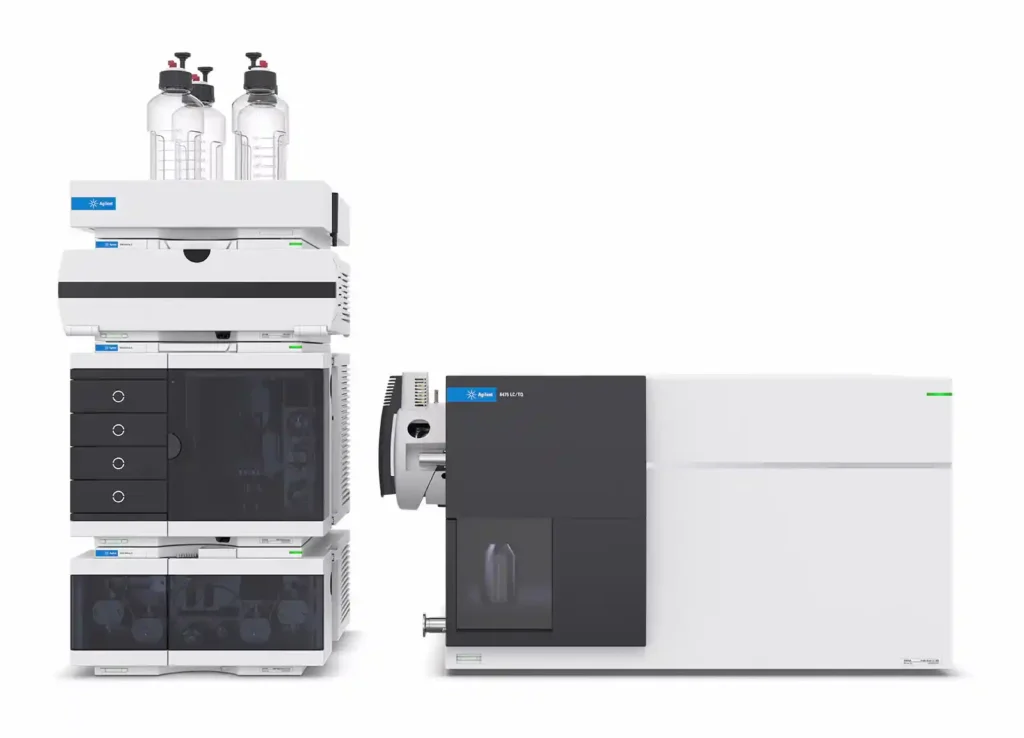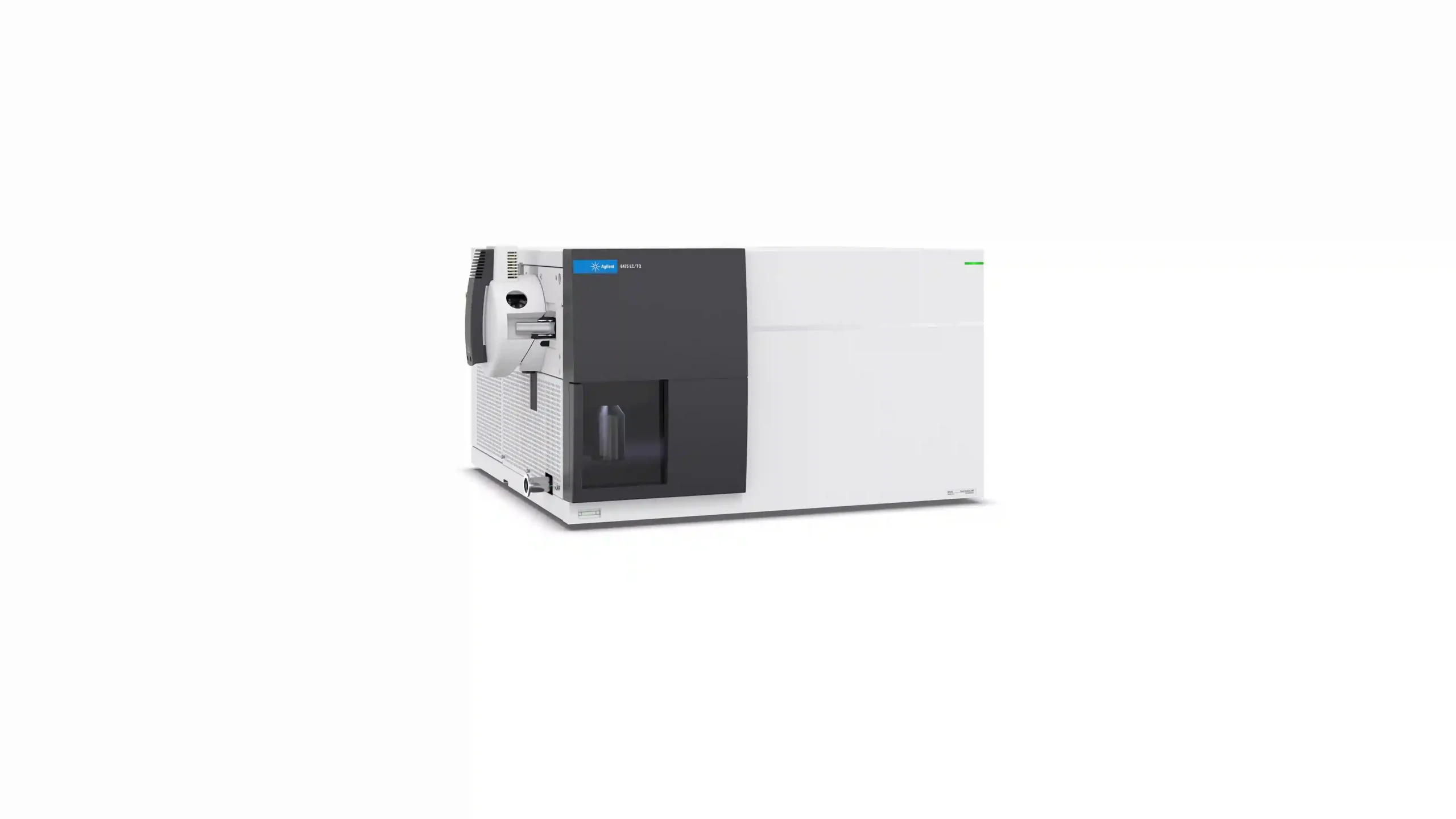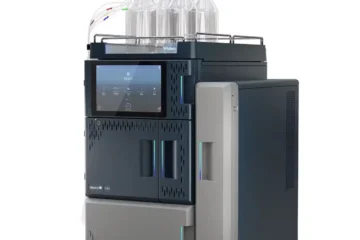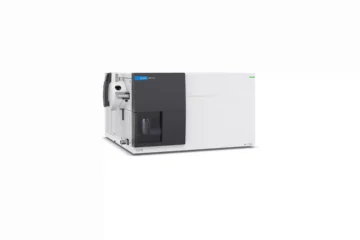High-Performance Liquid Chromatography (HPLC) coupled with Mass Spectrometry (MS) is a powerful analytical technique that has transformed the fields of chemistry, biochemistry, and pharmaceuticals. This combination, commonly referred to as LC-MS, allows for the precise separation, identification, and quantification of complex mixtures, making it an essential tool in modern laboratories.
In this article, we will explore the principles of LC-MS, its advantages, applications, and emerging trends that are shaping the future of analytical science.
Understanding LC-MS
What is HPLC?
HPLC is a separation technique that relies on the interactions between a sample mixture and a stationary phase within a column. By applying pressure to the mobile phase (liquid), components of the mixture are separated based on their affinity for the stationary phase. This results in distinct peaks on a chromatogram, each representing a different component.
What is Mass Spectrometry?
Mass Spectrometry is an analytical technique used to measure the mass-to-charge ratio of ions. It involves three main processes: ionization of the sample, mass analysis of the generated ions, and detection. MS provides detailed information about the molecular weight and structure of compounds, making it invaluable for identifying unknown substances and determining molecular formulas.
The Integration of HPLC and MS
The combination of HPLC and MS exploits the strengths of both techniques. HPLC separates the components of a mixture, while MS provides the necessary identification and quantification of those components. This synergy results in enhanced sensitivity, specificity, and throughput, allowing researchers to analyze complex samples with high accuracy.

How LC-MS Works
The Process
- Sample Introduction: The sample is injected into the HPLC system, where it is carried by the mobile phase through a column packed with stationary phase material.
- Separation: As the sample moves through the column, different components interact with the stationary phase to varying degrees, resulting in separation.
- Ionization: After separation, the eluent from the HPLC is directed into the mass spectrometer. Here, the components are ionized using techniques such as Electrospray Ionization (ESI) or Atmospheric Pressure Chemical Ionization (APCI).
- Mass Analysis: The generated ions are sorted according to their mass-to-charge ratio (m/z) in the mass analyzer.
- Detection: The detected ions are then quantified, producing a mass spectrum that provides information on the molecular weight and structure of each component.
Types of Mass Analyzers
Various mass analyzers can be used in LC-MS, each with distinct characteristics:
- Quadrupole: Offers good sensitivity and resolution; commonly used in routine applications.
- Time-of-Flight (TOF): Provides high-resolution data and is ideal for analyzing complex mixtures.
- Orbitrap: Delivers exceptional mass resolution and accuracy, suitable for proteomics and metabolomics.
Advantages of LC-MS
- High Sensitivity: LC-MS can detect compounds at low concentrations, making it ideal for analyzing trace substances.
- Rapid Analysis: The combination of HPLC and MS allows for quick analysis, often in minutes, which is essential for high-throughput laboratories.
- Versatile Applications: LC-MS can be applied to a wide range of fields, including pharmaceuticals, environmental monitoring, food safety, and clinical diagnostics.
- Structural Information: The mass spectra generated provide valuable insights into the structure of the analytes, aiding in the identification of unknown compounds.
- Quantitative Analysis: LC-MS is capable of providing quantitative data, essential for determining the concentration of substances in various matrices.
Applications of LC-MS
Pharmaceutical Industry
In drug development, LC-MS plays a crucial role in pharmacokinetics and toxicology studies. It is used to analyze drug formulations, study metabolic pathways, and ensure the safety and efficacy of pharmaceutical products.
Environmental Analysis
LC-MS is employed to detect pollutants and contaminants in environmental samples. Its sensitivity allows for the identification of trace levels of pesticides, heavy metals, and emerging contaminants in water, soil, and air.
Food Safety
The food industry uses LC-MS to monitor for contaminants, additives, and nutritional components. It ensures compliance with safety regulations and helps in the identification of foodborne pathogens.
Clinical Diagnostics
In clinical settings, LC-MS is used for biomarker discovery, therapeutic drug monitoring, and the analysis of metabolic disorders. Its ability to analyze complex biological matrices, such as blood and urine, makes it indispensable for clinical laboratories.
Proteomics and Metabolomics
LC-MS has become a cornerstone in the fields of proteomics and metabolomics, enabling researchers to analyze proteins and metabolites on a large scale. This has significant implications for understanding disease mechanisms and discovering new biomarkers.
Emerging Trends in LC-MS
Miniaturization and Microfluidics
Advancements in microfluidics technology are enabling the development of miniaturized LC-MS systems. These compact instruments reduce solvent consumption and waste, making them more environmentally friendly while maintaining high performance.
High-Resolution Mass Spectrometry
The emergence of high-resolution mass spectrometers, such as Orbitrap and FT-ICR, is allowing for the analysis of more complex samples with greater precision. These instruments can provide detailed structural information that was previously unattainable.
Data-Independent Acquisition (DIA)
DIA techniques are gaining popularity as they allow for the comprehensive analysis of samples without prior knowledge of the components. This approach enhances reproducibility and enables large-scale studies, particularly in proteomics.
Artificial Intelligence and Machine Learning
AI and machine learning are being integrated into LC-MS data analysis to improve the interpretation of complex datasets. These technologies can help in identifying patterns and anomalies, enhancing the efficiency of data analysis.
The combination of HPLC and Mass Spectrometry has revolutionized the way analytical chemists approach complex mixtures. With its unparalleled sensitivity, rapid analysis, and versatility, LC-MS continues to be an invaluable tool across various industries. As technology advances, we can expect even greater improvements in the precision and capabilities of LC-MS, opening new doors for research and innovation.
At HPLC Professionals, we are committed to providing the latest insights and developments in HPLC and LC-MS technologies. Whether you are a researcher, technician, or student, understanding the nuances of LC-MS will enhance your analytical capabilities and contribute to your success in the field.




